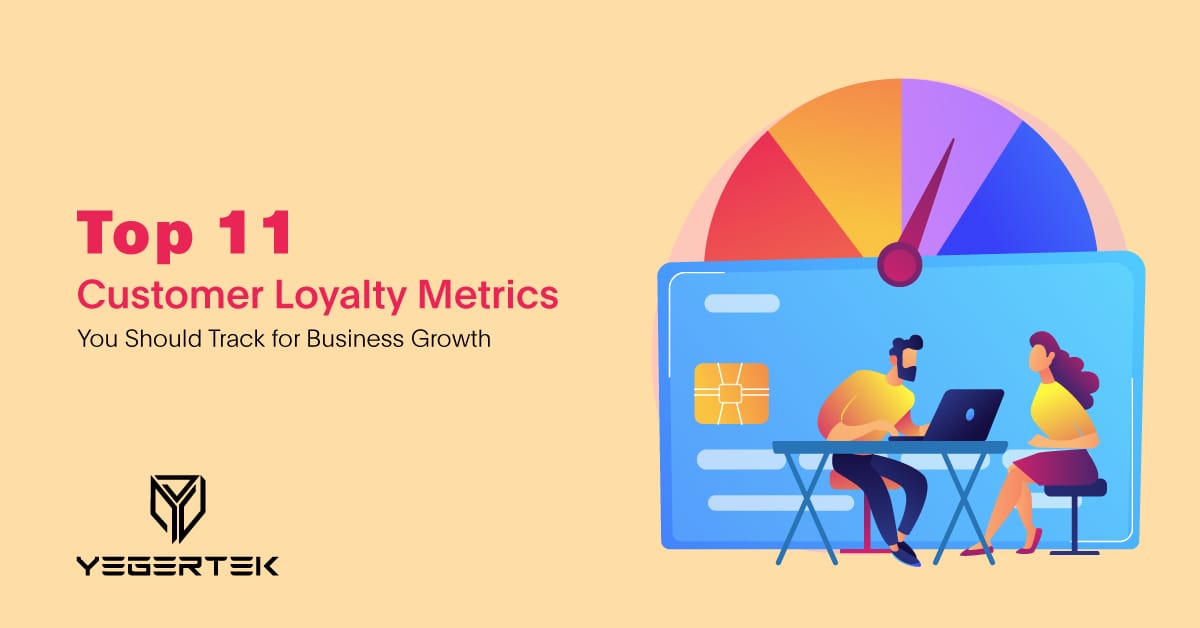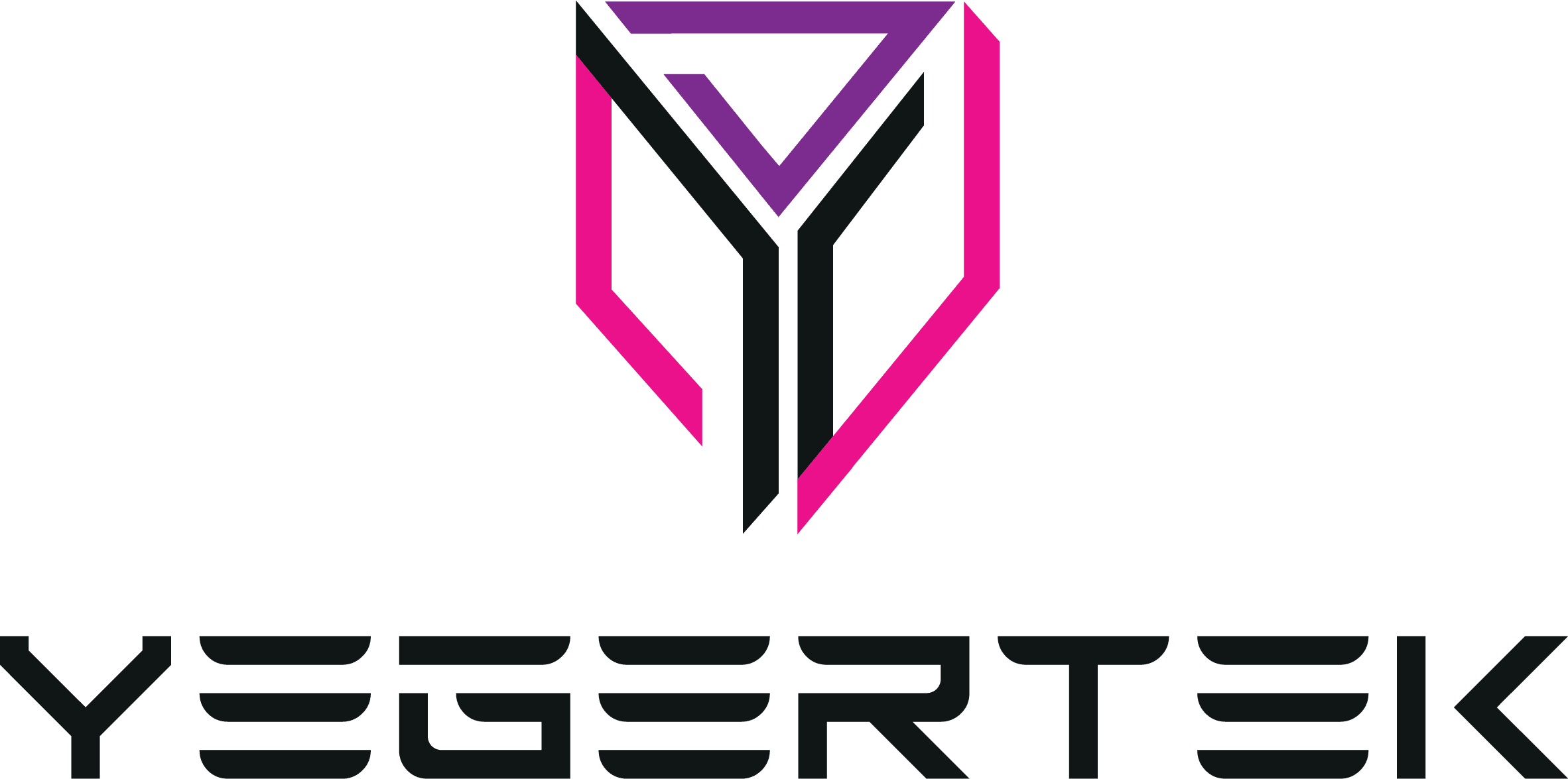
Customer loyalty is one of the most valuable assets for any business. A loyal customer base ensures consistent revenue, reduces customer acquisition costs, and boosts brand advocacy through word-of-mouth marketing. However, fostering customer loyalty requires more than just delivering great products or services–it demands a deep understanding of how customers engage with your brand, their satisfaction levels, and their long-term relationship with your business.
Tracking the right customer loyalty marketing solutions provides actionable insights into customer behaviour, helping businesses enhance their retention strategies and improve customer satisfaction. By monitoring key performance indicators (KPIs), companies can refine their marketing efforts, personalize customer experiences, and ultimately increase their profitability.
In this blog, we will explore the top customer loyalty metrics that every business should track to drive sustainable growth and build stronger relationships with their customers:
Top Customer Loyalty Metrics
Here is the list of top loyalty metrics that you should consider for your business growth:
1. Net Promoter Score (NPS)
What It Measures: Customer satisfaction and their likelihood to recommend your brand.
Why It Matters: The Net Promoter Score is one of the most widely used loyalty metrics. It measures how likely customers are to recommend your brand on a scale of 0-10, where
0 for “not liking at all” and 10 for “loving extremely.”, making it a powerful indicator of customer advocacy. Customers are divided into three categories based on their scores:
- Promoters (9-10): These are your most loyal customers. They love your brand and are highly likely to recommend it to others.
- Passive (7-8): They are satisfied with your services but not enthusiastic about promoting your business with their friends and family. While they may continue purchasing from you, they are also vulnerable to the competitor offers.
- Detractors (0-6): They are not satisfied with your products and services and may even spread negative feedback for your brand, damaging your reputation.
Formula For Calculating NPS:
NPS= %Promoters−%Detractors
A high NPS indicates strong customer loyalty, while a low NPS suggests areas for improvement. Companies should regularly conduct NPS surveys and analyze responses to identify factors that create dissatisfaction.
2. Customer Retention Rate (CRR)
What it Measures: The percentage of customers who continue doing business with you over a specific period.
Why it Matters: Customer retention is far more cost-effective than acquiring new customers. Studies show that acquiring a new customer costs 5-7 times more than retaining an existing one. A high Customer Retention Rate (CRR) indicates that your brand consistently delivers value, making customers stay.
The Formula for Calculating CRR:
CRR= (Customers at the end of the period)- (New customers acquired)/ (Customers at the start of the period) x 100
A strong retention rate signifies customer satisfaction and trust. Businesses should implement loyalty programs, personalized offers and proactive customer satisfaction strategies to maintain high CRR.
3. Customer Churn Rate:
What It Measures: The percentage of customers who stop purchasing from your business within a given time period.
Why It Matters: A high customer churn rate signals dissatisfaction, poor customer service, or better competitor offerings. Reducing the churn rate is crucial for improving profitability and long-term brand loyalty. It is recommended that your churn rate should now exceed more than 5% to 7%. If the percentage graph increases, you need to investigate and take some serious measures to retain loyal customers.
Formula For Calculating Churn Rate:
Churn Rate= (Churned customers/ Total customers at the beginning of the period)×100
A low churn rate indicates strong customer satisfaction, while a high churn rate indicates there is something missing and customers are leaving due to certain unresolved points, identifying and addressing them.
4. Customer Lifetime Value:
What It Measures: The total revenue a business can expect from a customer throughout their journey of purchasing.
Why It Matters: Customer lifetime value (CLV) helps businesses determine how much to invest in customer acquisition and retention. A high CLV suggests strong B2B customer loyalty and repeat purchases, making it one of the crucial metrics for long-term business success. You can use this loyalty metric to identify valuable customer segments and anticipate how much cost customers are likely to spend on purchases with your brand.
Formula For Calculating CLV:
CLV= Average Purchase Value × Purchase Frequency × Customer Lifespan
By increasing CLV, businesses can ensure sustainable revenue growth. This can be achieved by improving customer experience, offering personalized services, and introducing loyalty programs.
5. Repeat Purchase Rate:
What It Measures: The percentage of customers who make more than one purchase from your brand.
Why It Matters: Loyal customers tend to make repeat purchases, making repeat purchase rate (RPR) an essential metric for evaluating brand affinity. A high RPR showcases that customers have more trust in your brand and are highly satisfied. Not only will they make a repeat purchase for the same item, but they will also show faith in you and give a try to new arrivals.
Formula To Calculate RPR:
RPR= (Returning Customers/ Total Customers) × 100
Businesses with high RPR often have effective customer retention strategies such as loyalty programs, excellent customer service, and engaging post-purchase interactions.
6. Customer Engagement Score (CES)
What it Measures: The level of interaction a customer has with your brand across various touchpoints.
Why it Matters: Engaged customers are more likely to stay loyal. Customer Engagement Score (CES) tracks interactions through website visits, social media engagement, email click-through rates, and product usage. While it is an ideal way to measure ease of interaction, it is not always helpful for measuring the loyalty of customers. For this, combine it with CLI and NPS to get exact stats.
How to Track CES:
- Website analytics (page views, session duration, interactions)
- Social media engagement (likes, shares, comments)
- Email performance (open rates, click-through rates)
- Product usage data (time spent using an app or service)
Businesses should encourage engagement by creating valuable content, offering interactive experiences, and maintaining an active presence across digital platforms.
7. Average Order Value:
What It Measures: It is an essential measuring customer loyalty metric that highlights the average amount to your brand per transaction.
Why It Matters: Loyal customers tend to spend more per purchase. A growing average order value reflects that customers trust your brand and are willing to invest in your products and services. AVO gives businesses insight into how much customers are spending per purchase, helping them discover opportunities to increase spending through cross-selling, offering bundled packages, or upselling.
The Formula For Calculating AOV:
AOV= (Total revenue in a specific period)/ (Total order in a specific time)
Businesses can increase AOV by implementing upselling techniques, adding additional items to their carts, discounting prices, and suggesting exclusive deals and products based on their needs.
8. Customer Satisfaction Score:
What It Measures: This metric measures customer satisfaction with a specific product, service, or interaction.
Why It Matters: Customer Satisfaction Score (CSAT) is crucial for understanding how customers feel about their experiences with your brand. It measures how happy customers are with your products and services. The high CSAT score indicates that you offer an excellent experience to your customers that encourages them to make repeated purchases and boosts your customer retention rate and revenue.
How to Calculate CSAT:
CSAT= (Satisfied Customers/ Total Responses) × 100
Or, after a transaction, ask customers to rate their experience on a scale of 1-5 or 1-10.
For instance, if you measure with 0-5 and get a rating of 5 (highly satisfied), it means customers love your services and will for sure be your repeat customers, while if you get a rating of 1 (highly dissatisfied), it means you have to draw your attention towards the pain points that become hinder in the way of customer satisfaction.
9. Referral Rate:
What It Measures: This one of the key performance indicators (KPIs) for customer loyalty measures the percentage of customers who refer your brand to others.
Why It Matters: A strong Referral Rate indicates high customer trust and advocacy. Referrals often result in higher conversion rates and lower acquisition costs. This indicates how a brand’s referral program is a blessing for you and brings new customers through word-of-mouth marketing. In this way, customers can promote your products and services in their network, which leads to new sales.
Formula For Calculating Referral Rate
Referral Rate= (Referred Customers)/ (Total Customers) × 100
Businesses should incentivize referrals by offering discounts, loyalty points, and exclusive perks for the customers who bring new buyers. This will encourage customers to refer your products and services to others.
10. Social Media Sentiment Analysis
What It Measures: This key metric measures the overall tone of customer conversations about your brand on social media.
Why It Matters: Positive social sentiment strengthens brand loyalty, while negative sentiment suggests areas for improvement. It helps in understanding the customers’ demands, addressing their concerns quickly, and appreciating positive experiences to create a bond between you and your customers that builds their trust and loyalty.
How To Track It:
- Monitor brand mentions on social media
- Use sentiment analysis tools
- Categorize mentions as positive, neutral, or negative
Engaging with customers and addressing their concerns on social platforms can enhance brand loyalty. This is the best marketing strategy to connect with your customers and to understand their purchasing behaviors, their feedback, and most effectively their interests.
11. Recency, Frequency and Monetary (RFM) Score:
What It Measures: The RFM score helps businesses segment customers based on their purchase behaviour, determining their overall value to the company.
WhyIt Matters: RFM analysis allows businesses to identify high-value customers, target them with personalized marketing campaigns and improve retention strategies. By segmenting customers into different groups, such as loyal customers, potential defectors, and inactive buyers, businesses can tailor their approach to better engagement and conversion.
How To Calculate RFM:
- Recency: How recently a customer made a purchase.
- Frequency: How frequently a customer makes purchases.
- Monetary: How much amount a customer spends over a time period.
Each factor is assigned a score, and customers are segmented based on this score.
RFM score = RScore + FScore + MScore
A high RFM score indicates strong customer loyalty. In contrast, a low score signals the need for re-engagement strategies like identifying and rewarding high-value customers and re-engaging customers who haven’t purchased in the long run. Businesses can develop more precise and effective customer strategies by integrating RFM analysis with other customer loyalty matrices.
Final Thoughts For KPIs For Customer Loyalty!
Tracking these top 10 customer loyalty solutions helps businesses build stronger relationships, improve retention, and boost revenue. By leveraging these insights, companies can create personalized marketing campaigns, enhance customer experiences, and foster loyalty. Start tracking these metrics today or seek help from the leading customer loyalty program solutions provider in UAE- Yegertak, and watch how your business flies in the market world.



